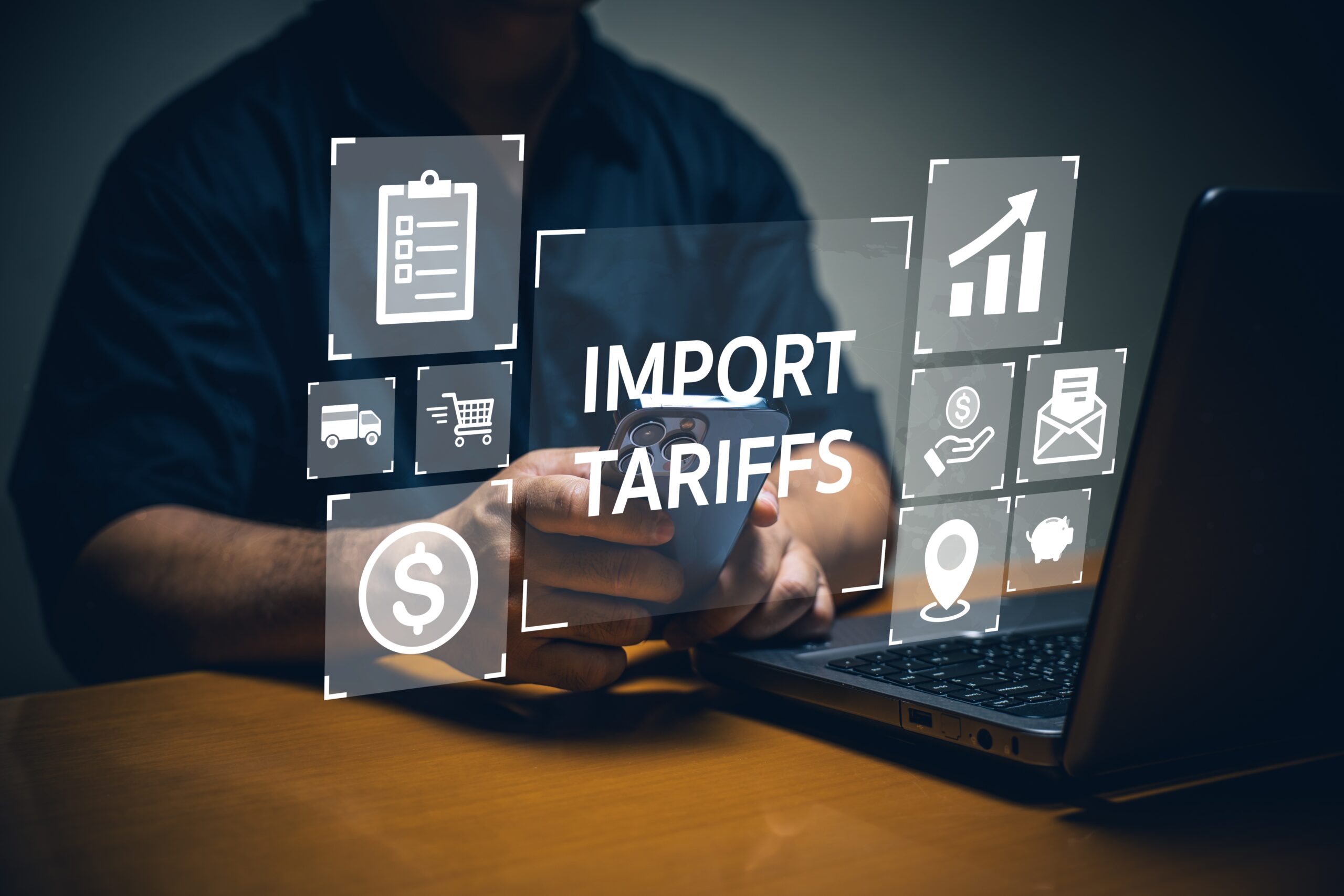
A wave of concerns over tariffs prompted US importers to bring in next spring’s goods months ahead of schedule, and small suppliers stocked up on Chinese-made goods to avoid potential 100 percent import duties threatened by the Trump administration.
Also read: US port volume shrinks as tariff unrest deepens and supply chains shift overseas
Before last weekend’s breakthrough in Kuala Lumpur – where Sino-US trade talks on the sidelines of an ASEAN summit eased the threat of tariffs – importers had been trying to move shipments ahead of a proposed November 1 deadline. The result was an increase in front-loading activity, which left warehouses full of strollers, toys and seasonal merchandise slated for spring 2026 sales.
“We’re trying to front-load spring orders,” said Leslie Stiba, managing director of Austlen Baby, a high-end stroller manufacturer. “We brought in as much as we could.” Stiba said it ordered roughly 20 to 25 percent more stock than last year, while total inventory is now 50 percent higher than before the start of the U.S.-China trade conflict. He noted that additional shipping costs have stalled hiring plans.
Importers that supply retail giants such as Walmart, Amazon and Target follow a similar directive—accepting higher storage and financing costs in exchange for avoiding potential tariff shocks. Many are betting that consumer spending will hold steady despite increased caution among low-income households and economic uncertainty.
Front loading becomes the new normal
The rush reflects a pattern that has defined the trade war era. Businesses have repeatedly ramped up imports whenever tariffs rise, driving up freight rates and congesting ports. “Until there is a clear path forward or a solution, we can expect to see more frontloading,” said Noel Hasgaba, executive director of the Port of Long Beach. This has led to a tsunami of shipments so far this year.
Hacegaba added that spring goods — from Easter baskets to outdoor gear — usually arrive in the U.S. at the end of the year, but this year, the volume of incoming shipments arrived months earlier.
Some Chinese suppliers calmed these fluctuations. “Whatever happens on November 1st happens, and if it doesn’t, it doesn’t happen,” said a Chinese toymaker. Others, such as Deng Jinling, whose company exports vacuum flasks to the United States, reported normal performance. “Most of the goods have already been shipped,” he said. “There is no rush.”
Balancing risk and flexibility
Not every importer decides to move early. Spreetail, a distributor of bulk goods such as trampolines, decided to wait out the uncertainty. “We are watching to see if the tariffs will remain,” said CEO Owen Carr.
Meanwhile, major toy manufacturers are taking a hybrid approach. Hasbro and Mattel executives said they are increasingly sourcing from domestic warehouses rather than directly from China to better manage tariff risks and inventory levels while reducing consumer spending.
Holiday purveyor Hi Body Hi Pal is currently showing off half of its spring stock – Easter egg decorating kits – at a Dallas warehouse. Similarly, Balsam Hill, known for its artificial Christmas trees, decided to push ahead with its spring orders for wreaths. “We took a smaller order for spring,” said McHarman, the company’s CEO, noting that the company has raised prices to offset higher costs.
A trade truce offers temporary relief
US Treasury Secretary Scott Bessant said on Sunday that he expects the current tariff truce with China to be extended after it expires on November 10, offering importers a brief reprieve. Yet few in the industry expect long-term certainty.
Now, the race is on to stay ahead of the changing tariffs — filling American warehouses, raising logistics costs and reshaping the way retailers plan their seasonal supply chains.